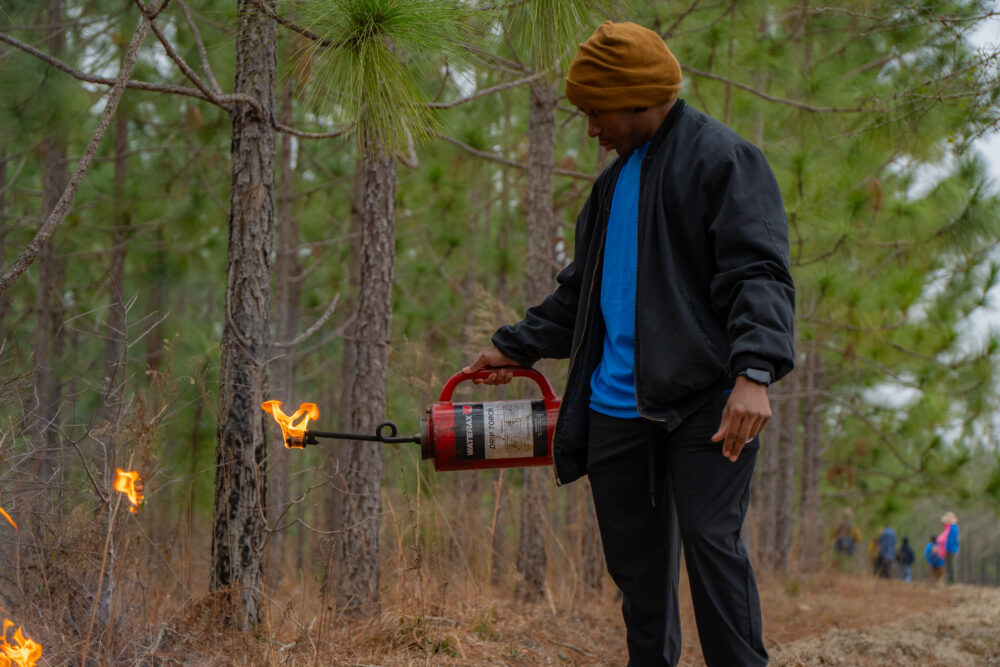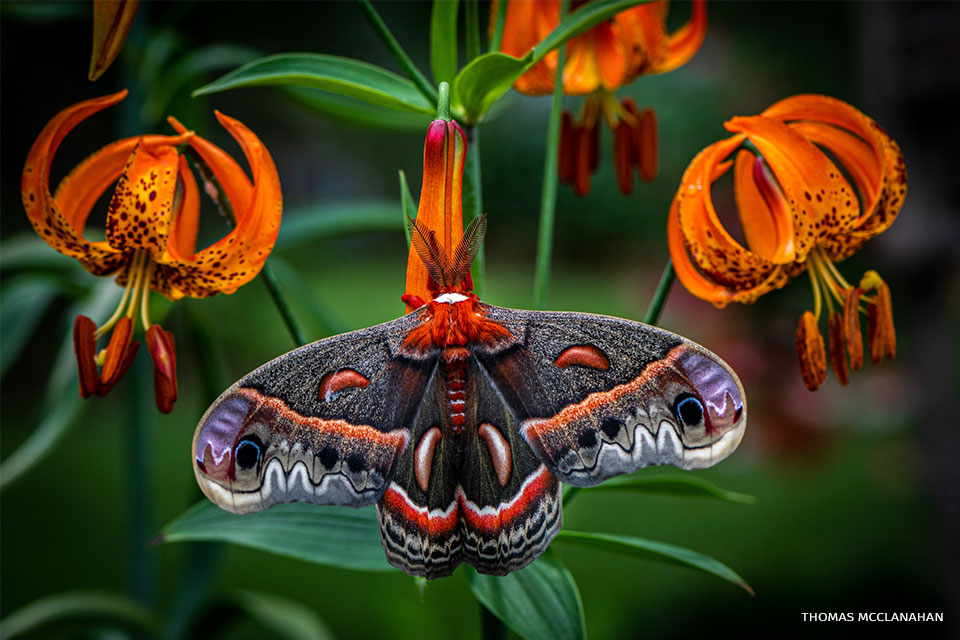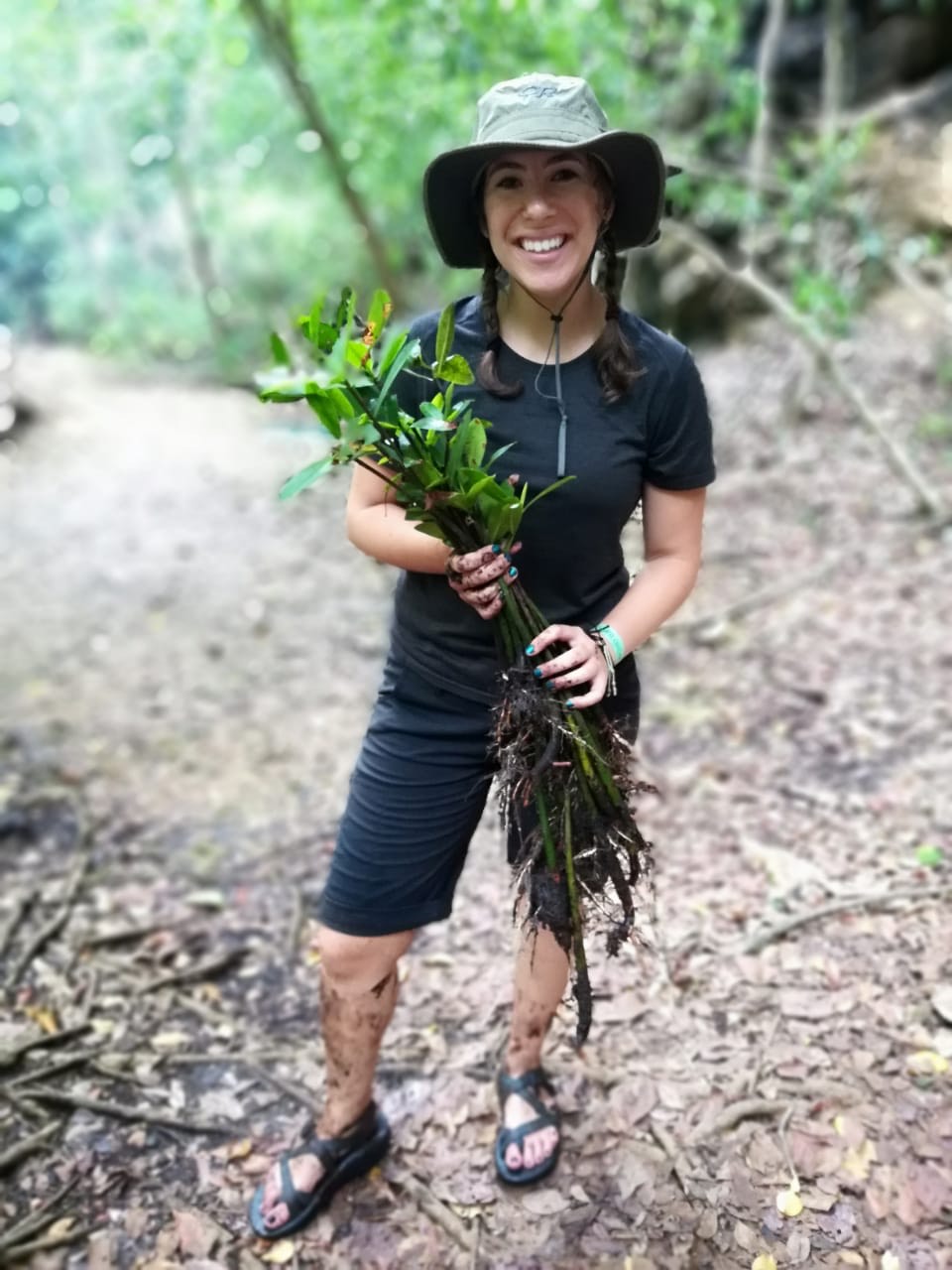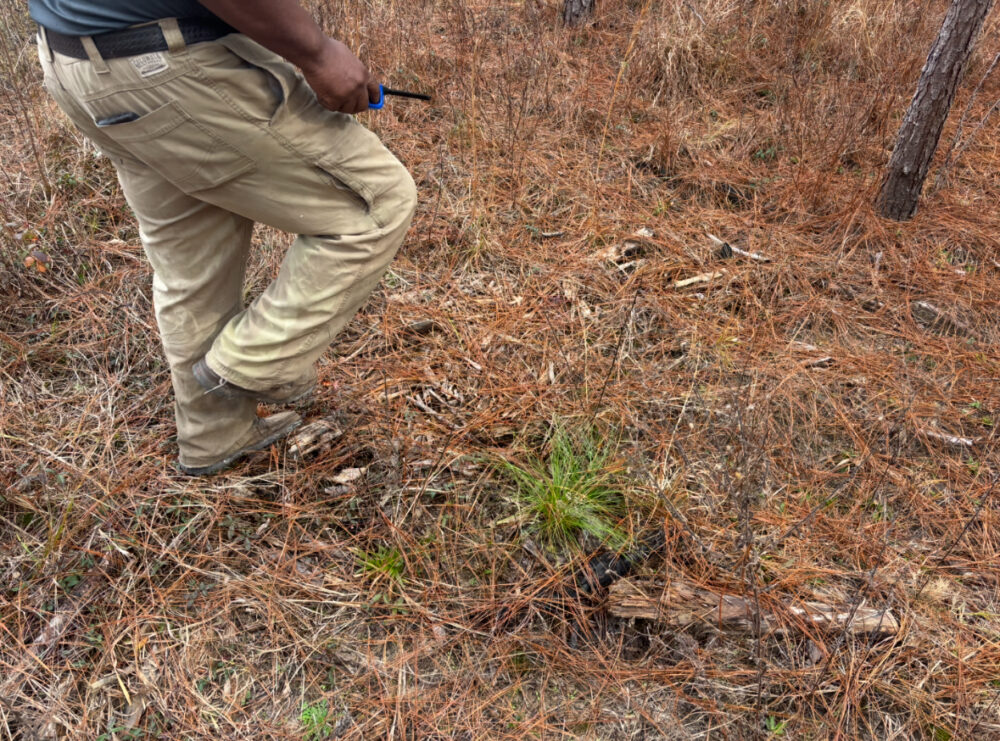We have much more to do and your continued support is needed now more than ever.
Birders, Snails and the Limpkin
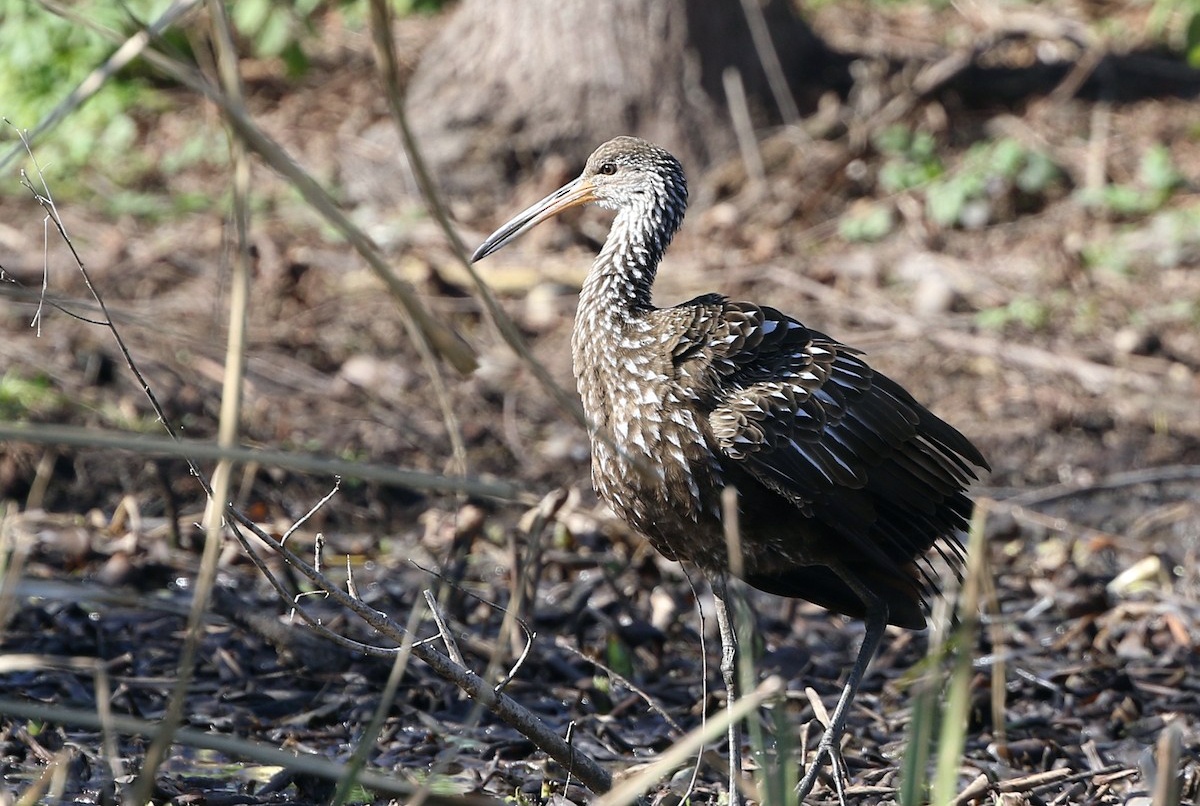
For many birders like me, part of the thrill of birding is finding birds far outside their normal range, and to record one of these vagrant birds. A real achievement is finding a first record—being the one to add a bird to a state’s official bird list. While Louisiana has been averaging about one and a half first state records annually over the past fifty years, most such records involve lone birds that are discovered and seen over a period of hours or days, and rarely for a season. However, something very different happened this winter: perhaps tied to a significant range expansion for a species once diminished by people shooting it for food, a bird still threatened by habitat deterioration in much of its range made an appearance.
Joshua Sylvest, along with Jeannie and Michael Maronge, were boating into a remote area of the Thibodaux Christmas Bird Count circle on December 30, 2017, when Josh noted something totally unexpected as they whizzed past in the skiff—four limpkins on the shoreline. Turning the boat around in the narrow, shallow marsh canal, he managed to capture images of the birds on his cell phone camera, providing sufficient proof to establish a first official state record.
A new bird species showing up in an inaccessible area of the Mississippi River Delta is unusual, and frustrating, because there was no easy way for birders to get there and see the birds. But on January 31, 2018, Mike Autin solved that problem. Along a busy highway on the outskirts of Houma, Louisiana, 13 miles from the original location, he found what later proved to be a courting pair of limpkins. And it gets better: that pair built a nest, laid eggs, and seven young hatched, in full view of any birder who wanted to drive up and check on them.
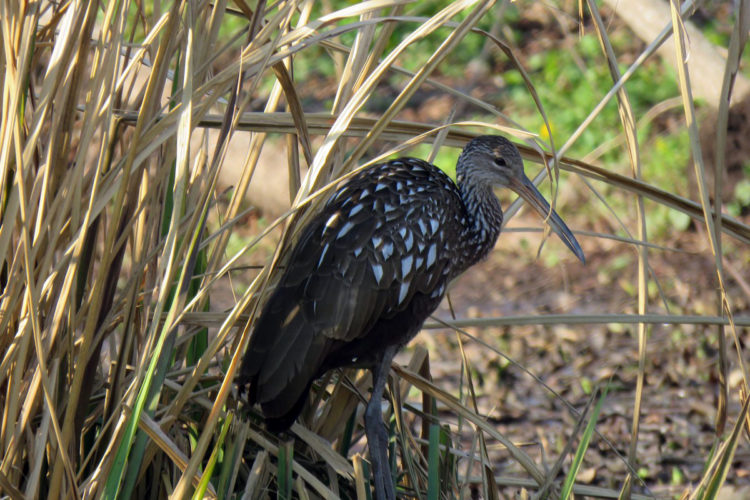
So this was a very unusual birding event—and fitting, considering how unusual the limpkin is. Limpkins are one-offs, with no close relatives in the bird world. Having them show up in force, and remain conspicuous, was a boon for birders. Because most birds won’t come to you, you have to go to them. Birders look at the range maps in field guides and dream about visiting places to see birds that have limited ranges—birds you can’t see just anywhere. One of the places birders love to visit, because it has so many of these localized birds like the limpkin, is Florida. Unless you are a birder, you may have never heard of the limpkin. And if you live in Florida, you may have heard limpkins, because they are very loud, but still never heard of them.
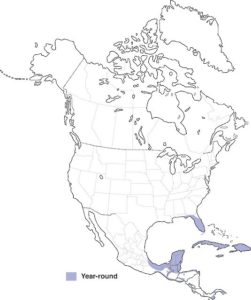
For an obscure bird they are pretty large, standing more than two feet high with a 40 inch wingspan in flight. They have long legs and a hefty bill, and look a bit like an ibis, a bit like a night-heron, or a large rail, or maybe even like a small crane—but they are one of a kind. A look at the range map shows them to be a mostly tropical species. But the fact that they live year round in the Florida Panhandle, which is actually north of coastal Louisiana, means they can obviously tolerate the occasional cold winter weather, as we also sometimes experience in the delta. Louisiana and Florida share a lot in common in terms of plants and animals, and overall habitat. In fact, between them, the two states contain most of the freshwater marshes and swamps in the U.S.
So why didn’t Florida and Louisiana share limpkins? The answer is food. Limpkins depend overwhelmingly on one prey species: fat juicy apple snails. Their bill shape and behavior evolved to get past the snail’s natural defenses and get at those big chunks of nutritious escargot. There is only one apple snail native to the lower 48 states, the Florida apple snail (Pomacea paludosa) and the range of the limpkin mirrors the small range of the snail.

So what has caused limpkins to leave their specific, dietary-restricted range? A close relative, the island apple snail (Pomacea maculata), native to Central and South America, escaped or was released by people keeping aquariums, and quickly began spreading. They first showed up near New Orleans in 2006, and biologists with the State of Louisiana and the Barataria-Terrebonne National estuary Program have been monitoring their spread ever since, including into Lake Bouef near Thibodaux and Cane Lake near Houma. These two ecologically similar sites, where the limpkins were first found, are very shallow vegetation-filled lakes in freshwater marshes bordered by baldcypress swamps: the ideal apple snail habitat.
Because invasive species invariably harm native wildlife and ecosystems, when apple snails first showed up in Louisiana many of us cursed yet another exotic scourge decimating already threatened wetlands. Apple snails are prolific breeders and voraciously feed on native marsh vegetation. This was one more threat to Louisiana’s vanishing marshes. But we joked there might be a silver lining—maybe limpkins would show up on their heels and start eating them. And so it came to pass, and the question for now is—how many are out there in remote parts of coastal Louisiana, and are they here to stay?
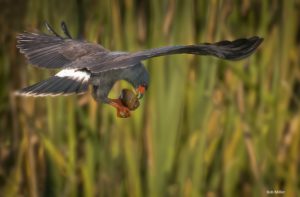
Intriguingly, there is another bird species confined in the mainland U.S. exclusively to Florida that has not yet strayed to Louisiana, and which depends almost entirely on apple snails for food: the snail kite. Could snail kites be next? If we have to put up with exotic apple snails, it sure would be nice to add those beautiful snail kites to Louisiana’s birdlife, along with limpkins.
Support South Central Region Programs












